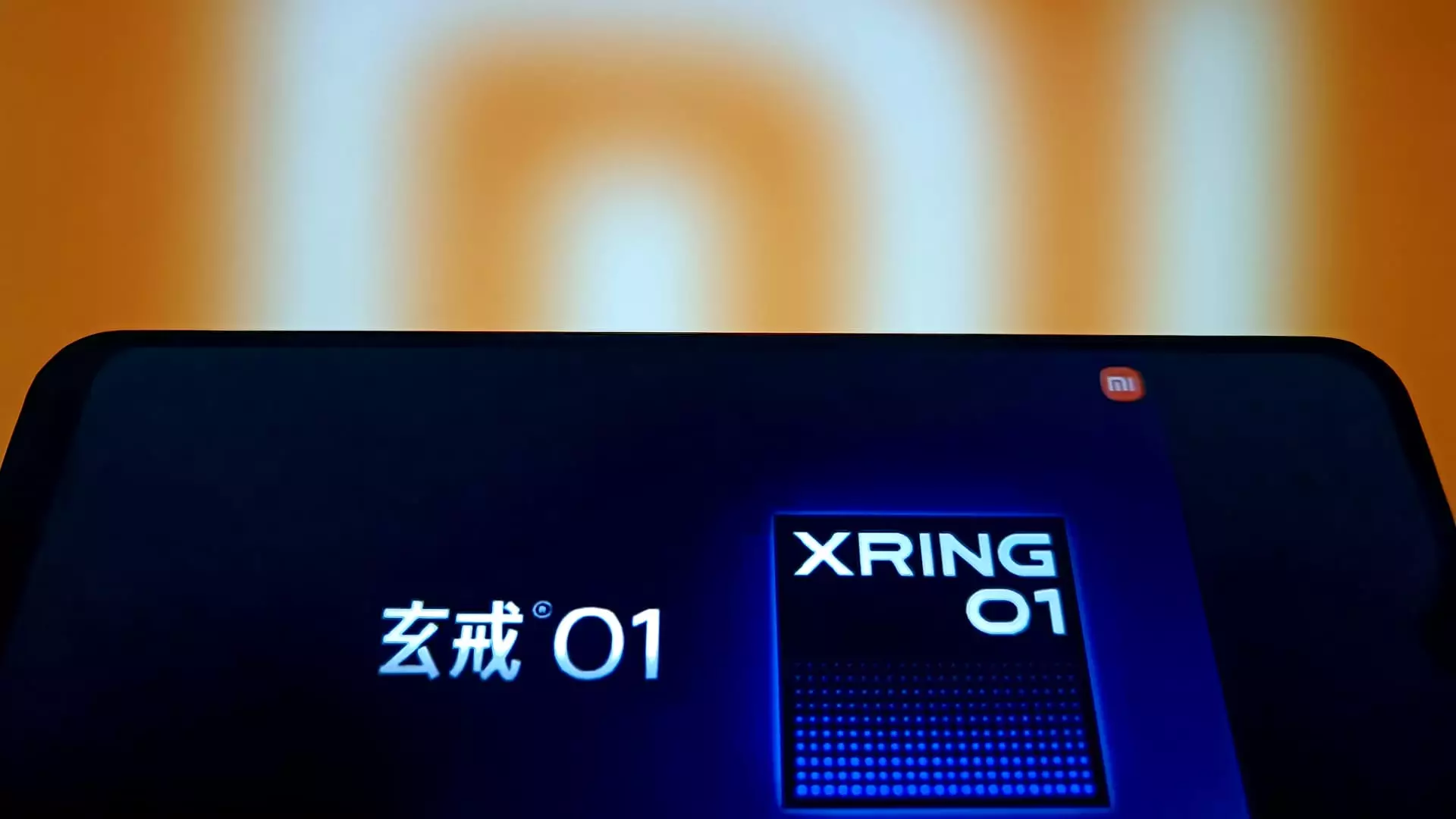Xiaomi’s audacious leap into the smartphone market with its new Xiaomi 15S Pro represents not just a technological advancement but also a defiance of established market norms, particularly those dictated by Apple. With its appealing price point of 5,499 yuan (approximately $764), the device is far more accessible compared to Apple’s iPhone 16 Pro, which starts at 7,999 yuan—far beyond the threshold for Chinese government discounts. This savvy maneuver has injected excitement into a stagnant market, stirring reactions from both tech enthusiasts and skeptical analysts.
Furthermore, Xiaomi’s strategy revolves around democratising high-end technology. By effectively challenging Apple’s pricing strategy while claiming to offer comparable chipset capabilities with its self-developed Xring O1, Xiaomi is not merely competing on the basis of features but is also waging a war against perceived elitism in the tech market. This tactic could redefine consumer expectations, pushing other giants to reconsider their pricing and features, carving out a niche for affordable high-performance devices.
The Reality of Performance Claims
At the launch event, Xiaomi CEO Lei Jun asserted the superiority of the new Xring O1 chip over Apple’s A18 Pro in various metrics, including thermal efficiency during gaming. However, these claims haven’t yet been independently verified. Such assertions may fuel discussions about Xiaomi’s technological ambitions versus the reality of its execution. While Lei maintains that the Xring O1 development isn’t targeted solely at Apple, it’s evident that the competitive nature of the smartphone market has demanded bold declarations.
It’s essential to recognize that while Xiaomi’s self-promotion creates an image of a company on the rise, the pressure of delivering performance that meets these lofty standards cannot be overlooked. Consumers may grow disenchanted if the chip’s capabilities fail to live up to the marketing hype. This precarious position of claiming superiority can be a double-edged sword for Xiaomi—it needs to follow through with tangible results to solidify its reputation within the technology landscape.
Investing in the Future
Xiaomi’s ambitious plan to invest 200 billion yuan in research and development over the next five years signals a commitment to becoming not just competitive but a key innovator in the tech ecosystem. This profound investment underscores the company’s understanding that sustainable competitive advantage lies in consistent innovation rather than just initial cost leadership. While an influx of capital does point to future growth, Xiaomi must also contend with the American sanctions restricting Chinese access to high-end semiconductor technology, shaping the company’s path towards autonomous capability.
Investments of this magnitude, especially when targeted at advanced chip design and other emerging technologies, are critical; yet they come with risks. The road to developing cutting-edge semiconductor technology is fraught with challenges, often taking years of dedicated research. Xiaomi’s prior foray into the chip market, which faced a temporary suspension, serves as a cautionary tale—high hopes can often lead to high disappointments without rigorous execution and timelines.
Wide-Scale Ambitions Beyond Smartphones
Xiaomi’s ambitions extend beyond mobile devices, as seen with their recent entry into the electric vehicle market. The SU7 sedan and the upcoming YU7 SUV underscore a broader strategy of diversifying product offerings. Priced significantly lower than competitors like Tesla’s Model 3, these vehicles reflect Xiaomi’s ethos of affordability. However, the image of an ambitious tech company promising a revolution in multiple sectors must be strategically executed to avoid dilution of brand value.
A recent tragic incident involving an SU7—a crash that resulted in loss of life—highlights the critical importance of safety in their technological pursuits. Increased scrutiny and regulatory measures in advertising driver assistance technologies can significantly impact public perception and consumer trust. How Xiaomi navigates these challenges will be indicative of its ability to build credibility not just in smartphones but across an increasingly competitive landscape of electric vehicles and beyond.
A Shifting Consumer Landscape
With nearly 42% of Xiaomi’s revenue stemming from international markets, the brand’s acceptance outside China speaks volumes about consumer trends favoring affordability without compromising on functionality. A year-on-year price increase from Apple has opened up an avenue for competitors like Xiaomi to capture the attention of budget-conscious consumers. The shifting landscape reflects an adaptive market where consumers increasingly demand more from their devices—affordable luxury.
As more companies invest in redefining consumer expectations, Xiaomi’s role as a disruptor may lead to broader changes across the tech industry. The challenge lies not just in maintaining market share but in ensuring that their technological advancements genuinely resonate with consumers. Their success will depend on how effectively they combine innovative prowess with strategic pricing and robust consumer trust—something that tech giants must now reckon with.

